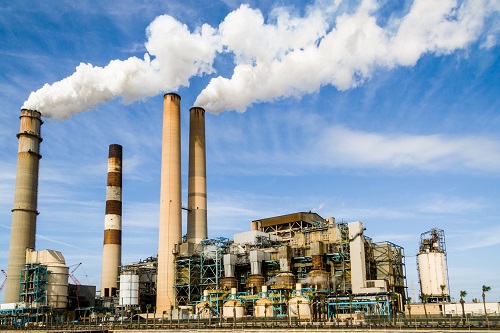
Machines are what keep production going, and are the very beating heart of any production line, proving that plant maintenance should be one of the major concerns in a manufacturing plant. The machines that are tasked with creating products or items for a company are what keeps the entire enterprise going. If they are not carefully maintained or overseen on a day-to-day basis, there can be a huge chance for machine failure, with devastating results.
When purchasing a large production machine, the overall upkeep of this machine should be included in the considerations. Upgrades, costs, and most of all, maintenance need to be part of the plans. The upkeep of machines that are the essential part of the manufacturing processes, particularly large scale production, is tantamount to keeping everything running smoothly without a hitch.
What happens without plant maintenance?
Without a consistent plan of plant upkeep for all the production machines on the floor, there’s a chance that one of the vital technologies for production can fail. Sensitive sensors could stop working, limbs or machinery could drop–even just one device failure could mean a meltdown, causing thousands, or even millions of dollars lost in terms of sub-part production items, equipment repairs, and time lost. Time is always money in production. Each moment that one of the production machines, large scale or small, is down and unable to produce, means that profits are lost.
What could it cost a company?
Apart from the loss of the usage of a machine, a production line without proper plant maintenance would lose money from the products it would have been unable to complete. Losses are also incurred in the form of raw material or product that would not have been completed as a result of a faulty machine.
This is particularly important to remember for companies that manufacture or handle perishables or items that require a specific standard of quality control in order for a finished product to be sent out. Without regular upkeep, failures in the production line result in a product that doesn’t meet the standard. This could mean a sharp loss in stock, being unable to meet orders, and even bigger costs in fines if it puts the production at risk of health violations.
Ways to Avoid Losses
Draft up a regular plant maintenance plan that requires daily checks and upkeep of each machine on the production line. Consult with experts who will be able to give vital insight on ways to keep machines running, as well as important system upgrades that won’t just improve efficiency but also give the company the most production.
Learn more about large scale production and upkeep by consulting with the experts at KCSupply. Visit www.kcsupply.com to learn more.


